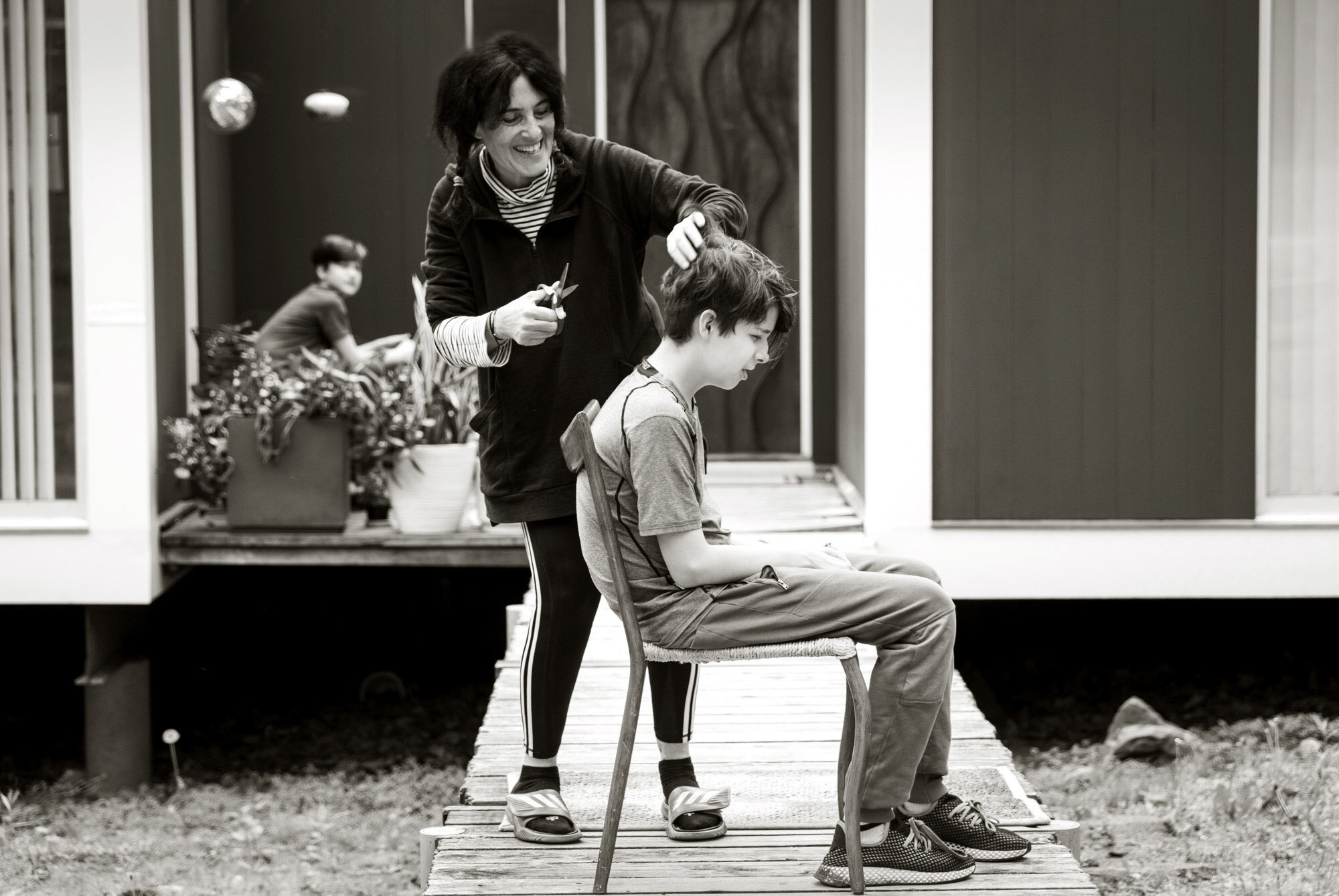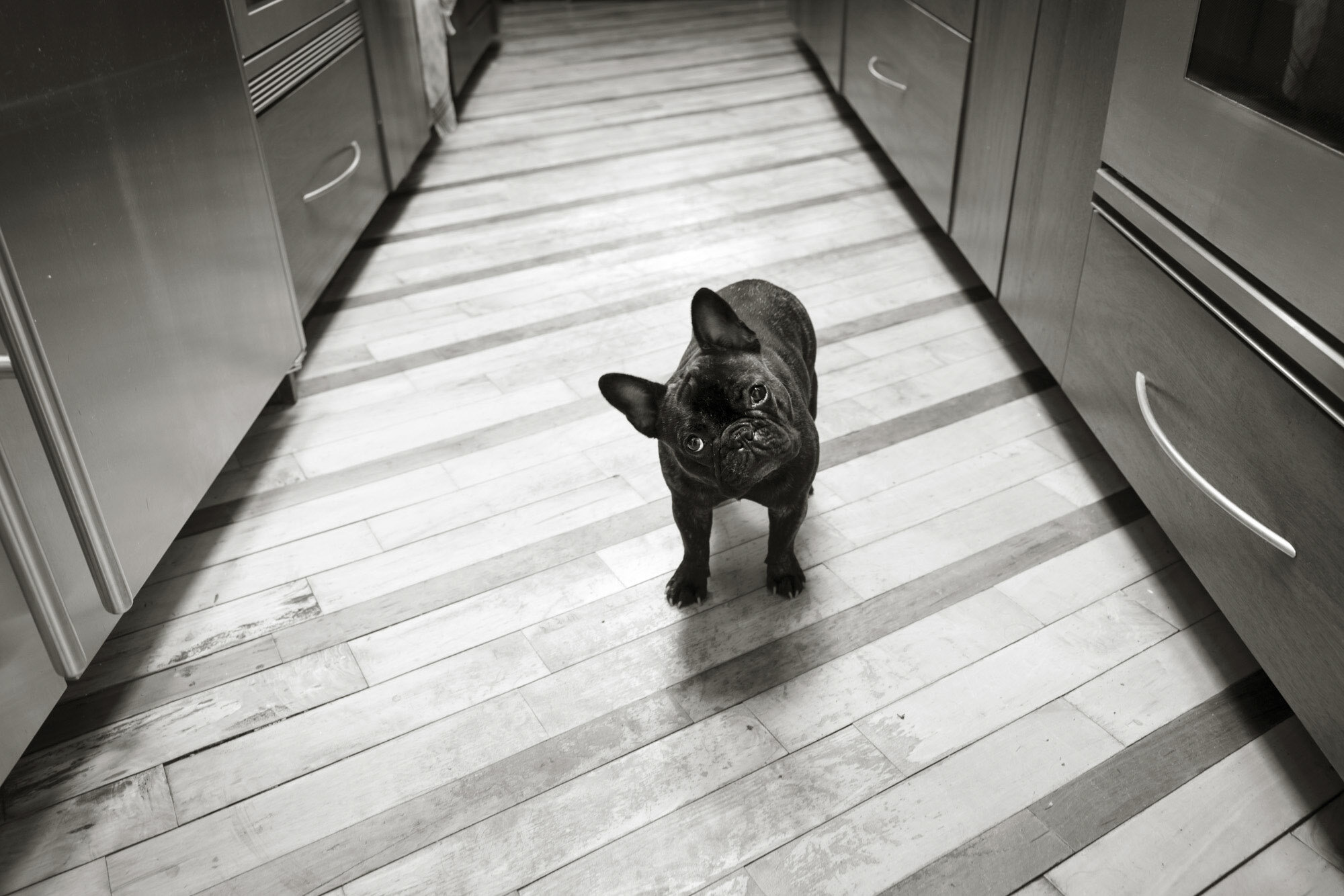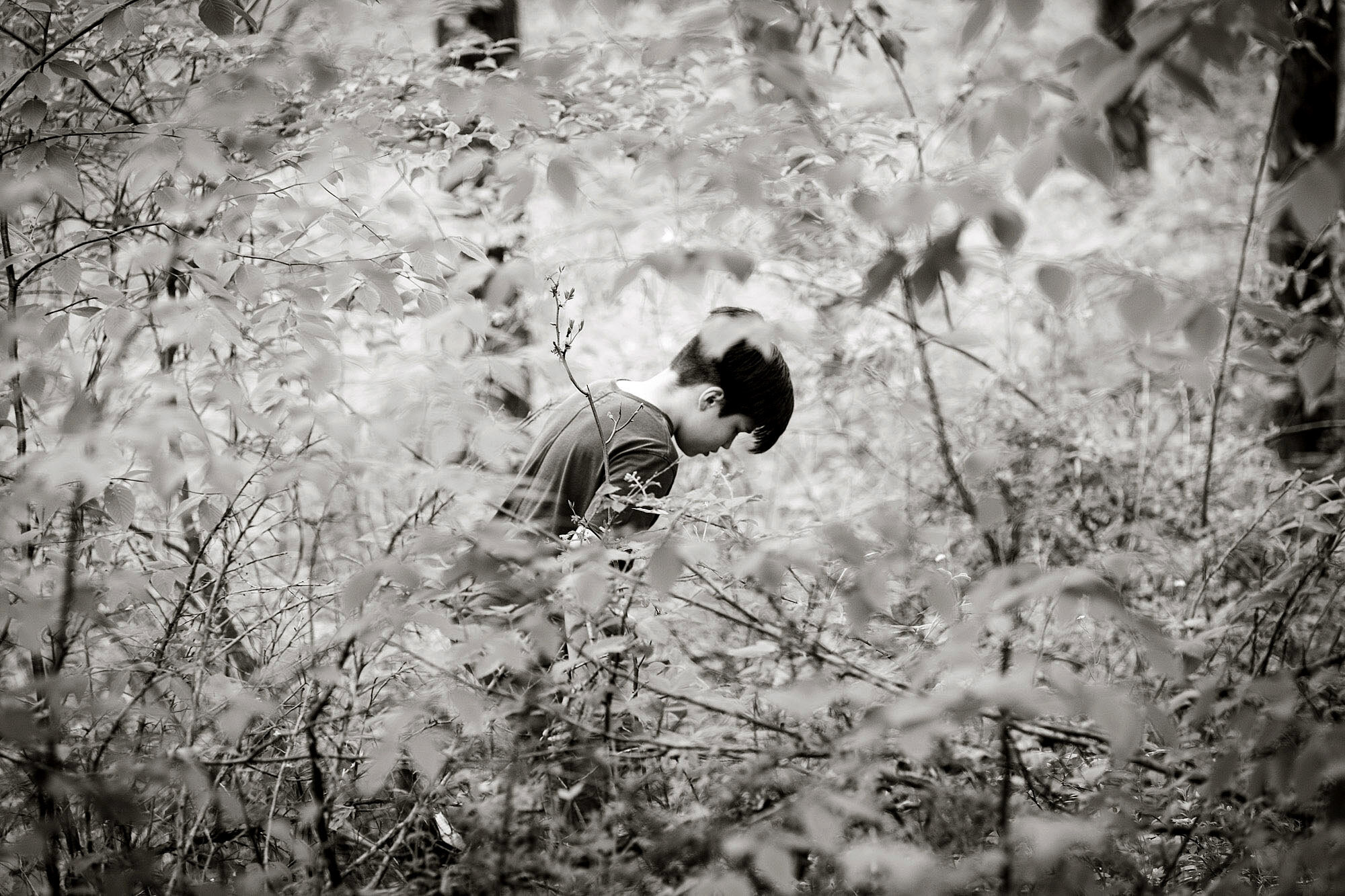CASE STUDIES > DONNING PPE

June 10, 2020 by Heather Elder
DELIVERING AUTHENTICITY WHILE DONNING PPE IS NOTHING NEW TO DOUG MENUEZ
States are slowly opening up even though COVID-19 isn’t going away anytime soon. We’re all trying to determine how the working world will look amid the first phase of this pandemic. We’ve tasked many of the photographers and directors with whom we work, to share with us, how they envision producing work in this COVID-19 world. Given his background in photojournalism, Doug Menuez has spent his share of time being an invisible, social-distanced witness. Here, he proves to us what it takes to get the job done with PPE too.
Why did you think it was essential to create a proof of concept for shooting in a post-COVID world?
I’d heard JUICE Pharma’s Executive Producer Michael Kaminski and some others on several early webcasts talking about the reality and challenges of doing productions with COVID lockdown restrictions. Was it possible? Several folks said they’d discussed this with photographers who claimed they could handle it. Hmmm. I thought how I’d been shooting with PPE and social distancing for decades, but it didn’t matter. So much was at stake for the agencies, clients, and for us — this is life and death. Then my amazing producer Lynda Goldstein called suggesting we do a Proof of Concept shoot immediately. Perfect timing. I knew she had the solution right there. We started putting together a CDC-mandated safety protocol production to prove we could pull off emotional, compelling storytelling, and not compromise safety.
You have said that contact-less shooting is nothing new to you. What did you mean by that?
I was a photojournalist for 20+ years for Time, Life, Newsweek, and USA Today. I’ve shot numerous assignments covering various surgeries, patients with immune system sensitivities, and refugee camps in Africa with diseases spreading virulently. I’ve even been inside a nuclear reactor — did that twice. All of these shoots required both PPE and social distancing. I’ve had a lot of practice. It’s super difficult with your glasses fogging up, and if gloves are required, such as in a reactor core, it’s limiting all your options. Every aspect has to be preplanned, just like we learned with our Proof of Concept shooting under COVID.
Those experiences and others, working as a photojournalist, documentary photographer, and director influence the way we produce my advertising shoots. Social distancing often came into play even without PPE when I was trying to be invisible, a fly-on-the-wall witness to capture moments without influencing or distracting my subjects. Being a witness is part of how I’m able to capture truly authentic moments of interaction for my campaigns.
If anyone is prepared to make this work, it’s me. The proof of concept was a wake-up call when I realized that if I did not have proof of doing this right now, with all the elements of an advertising production, people wouldn’t hear my claims to experience.

What is important for you to have on set, while also avoiding the protocols take center-stage?
It is essential that the talent is comfortable and feels absolutely safe. I want my whole crew to feel that as well because most of us have someone we love who is particularly vulnerable to this virus.
Who was on set with you?
This shoot had a minimal crew. I did the DP, stills, and DigiTech, while Lynda produced and monitored safety. We also had a photo assistant/gaffer, plus the talent. All of us had sheltered-in-place for the past 56 days. After this test, I would be very comfortable adding a digital tech, DP, and maybe one or two other critical crew. The wardrobe was handled before the shoot with Zoom visits to see talent’s closets and clothes. Hair and makeup were not a factor, with kids being our main subject. In the future, we have live streaming options for creatives and agencies. We have screen sharing to have eyes on the set and shoot as well as screen-sharing for image reviews. Remote shooting is now a thing.
You have always strived to capture those everyday moments that remind us of our shared humanity. We are in a time where we have a global sense of shared humanity. What did you take away from this shoot that made you see this so clearly?
I’ve called this campaign SHELTERING in part, to demonstrate what I’m seeing and hearing a lot about how much children are genuinely suffering from isolation. Everyone is, but kids don’t have developed coping skills. They need their friends, school, and outdoor activities. These lovely brothers talked about that, and I got the sense that they were so ready to break free. Luckily they have land at their house to play on. But in general, this is a special time of an unprecedented shared experience. That has to have some positive follow-on consequences as people hopefully will unify to create positive changes in society. Such as voting out the sociopathic criminal destroying our democracy maybe?
You have always documented the realities of the human condition in the context of culture. What type of photography do you see emerging out of this time?
Well, I do feel that my documentary approach with a stripped down crew is more conducive to safety. However, I’m hearing as more states open that production is quickly starting to ramp up. I think most any kind of shoot could happen with PPE and distancing. It’s just WAY slower and much trickier. You have to plan every movement and interaction on set ahead of time. Everyone has to be on the same page with excellent communication.
Was there anything that surprised you on this shoot?
I expected it to be slower and harder, but I didn’t believe it would be as tricky and time-consuming as it was. I was pretty knackered at the end of the day! Despite the constraints, it started to flow well, and we got into a groove after the first hour. Everyone was super aware of their distance and PPE and the protocols.
What do you want people hiring you to know about production and shooting in this style?
Companies can be as confident as I am, that I can deliver what they need in terms of real-life moments that resonate as relevant to viewers — all while minimizing risk and maintaining the strictest CDC safety protocols. It can be done!
















